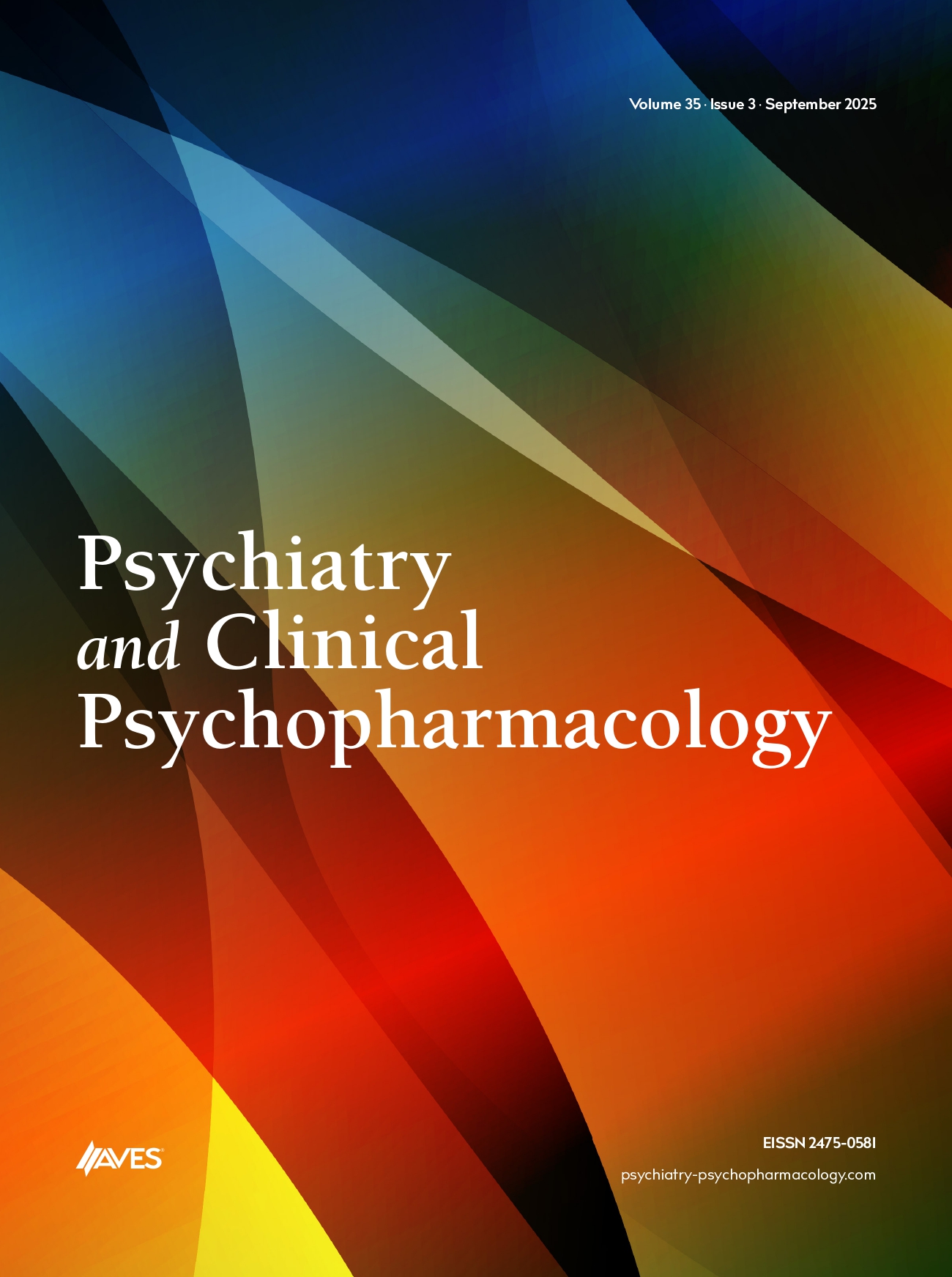Objective: During the alcohol withdrawal period, it is known that there are some alterations in the stress response system such as increased basal cortisol levels, reduced basal adrenocorticotropic hormone (ACTH) levels, blunted ACTH and cortisol responses to stress tests in the alcohol-dependent patients. In this study, our aim was to investigate the probable alterations in the response of HPA axis to physical stress in early and late alcohol withdrawal, and if so, whether these alterations are “state” features restricted to the acute alcohol withdrawal or “trait” markers continuing during the protracted abstinence.
Methods: This study included 26 male patients diagnosed with alcohol dependence and alcohol withdrawal according to DSM-IV-TR diagnostic criteria, and 20 healthy male volunteers as a control group. In order to determine the severity of alcoholism the Michigan Alcoholism Screening Test (MAST) was performed in the first week of hospitalization. The Clinical Institute Withdrawal Assessment for Alcohol (CIWA-A) scale was applied on the 1st, 8th, 21st and 28th days to determine the severity of withdrawal during follow-up. The Cold Pressure Test (CPT) was applied on the 8th and 30th days of follow-up. CPT is a standardized test used in many studies to demonstrate the reactivity of the HPA axis. Blood samples were collected at 0, 30, 60, 90, 120 minutes after the test for hormonal measurements. Basal serum levels of cortisol, ACTH, dehydroepiandrosterone-sulfate (DHEAS) and prolactin and the responses of these hormones to the physical stress were measured two times during the early and late withdrawal periods in the alcohol-dependent males and once in healthy control male subjects. Peak, Δ and area under the curve (AUC) values of the hormones were calculated.
Results: The data on the 8th day of withdrawal revealed that values of basal, peak, and AUC prolactin were statistically significantly higher in patients than in controls, and that values of Δ cortisol and basal, peak, and AUC DHEAS were statistically significantly lower in patients than in controls. On the 30th day of withdrawal, values of peak, Δ, and AUC prolactin were statistically significantly higher in patients than in controls, while values of cortisol, DHEAS, and ACTH were not statistically different between patients and controls.
Conclusion: There were some abnormalities in the HPA axis such as blunted cortisol and DHEAS responses to physical stress during the early withdrawal period in the patients with alcohol dependence. These abnormalities were normalized towards late withdrawal. It was also found that prolactin responses to physical stress during the early and late withdrawal periods were increased in the alcohol-dependent patients. Our findings of the cortisol and ACTH in the alcoholic patients suggests that the changes implying an insufficient response to stress might be originated from the adrenal level rather than pituitary and appeared to be limited to the early withdrawal period.


.png)
.png)